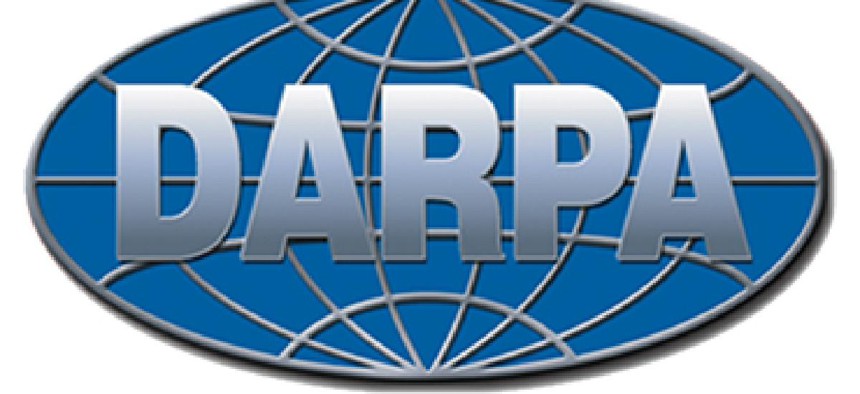DARPA wants to go deep on wireless

New research program would develop underwater, underground communications capabilities using ultra-low frequencies.

The Department of Defense’s research arm wants to push wireless communications capabilities underwater and underground, exploiting little-used and difficult-to-access ultra-low frequencies.
The Defense Advanced Research Projects Agency said it will talk with companies on Jan. 6 during an industry day event about its “A Mechanically Based Antenna (AMEBA) which, that could expand wireless communications into places where it has been almost non-existent.
Expanding wireless capabilities to those mostly inaccessible areas beneath oceans and continents, according to a Dec. 16 DARPA statement, can open a new world of data communications possibilities for soldiers and sailors. According to the Troy Olsson, program manager of DARPA’s Microsystems Technology Office, military scuba divers would be able to use ultra-low frequency channels for low bit-rate communications, such as text messages, to communicate with each other or with nearby submarines, ships, relay buoys, unmanned vehicles and ground-based facilities. Soldiers underground in deep bunkers, mines and caves also could have similar capabilities, Olsson said.
Although the military has been able to send communications to underwater submarines in the past, DARPA said the capability currently requires enormous resources. According to DARPA, a Very-Low-Frequency (VLF) cold-war-era antenna facility the Navy built in Cutler, Maine, sends a trickle of data to submarines, but it sprawls over 2,000 acres, uses 26 towers up to 1,000 feet high and operates with megawatt levels of power.
DARPA wants to use VLF signals in the 3 KHz to 30 KHz spectrum that can penetrate rock, water, soil and metal in its AMEBA project, but using entirely new miniaturized kinds of VLF and Ultra Low Frequency (ULF) transmitters. The equipment it wants to develop could be small and light enough to be carried by individual soldiers, submariners and other warfighters.
Rather than relying on electronic circuits and power amplifiers to create electric currents that initiate radio signals through antennas, it said it wants the new VLF and ULF antennas to generate the signals by mechanically moving materials with strong electric or magnetic fields. In principle, it said, that would entail using a magnet in an insulator, such as cylinder of quartz glass, to generate VLF and ULF transmissions.
Although DARPA officials said the concept is relatively simple, in practice it’s a challenge. More powerful magnetic and electric fields will have to be packed into smaller spaces, accompanied with smaller power sources. That could require new types of magnets, designs and mechanical engineering techniques, the agency said.





